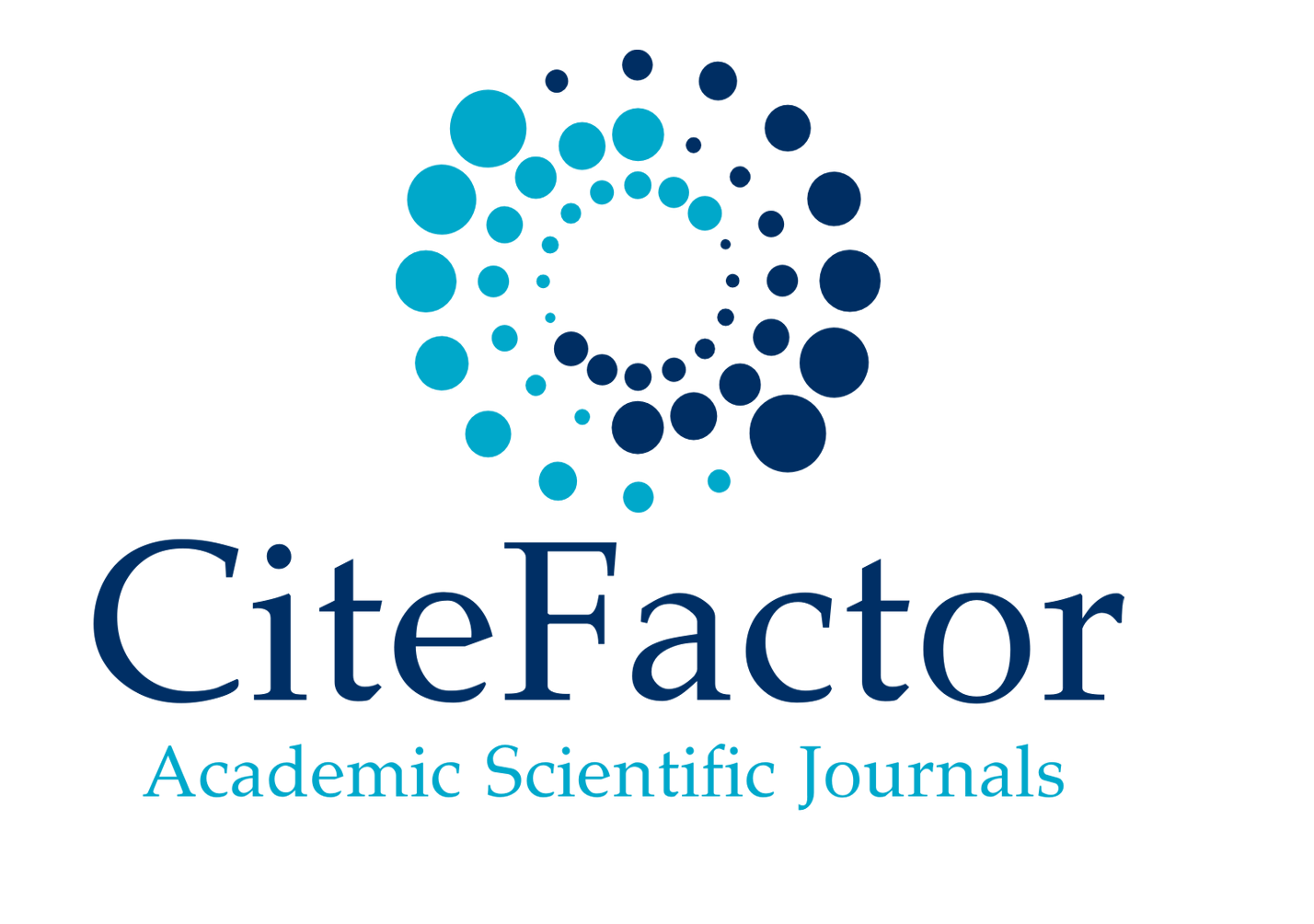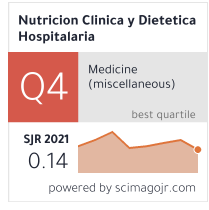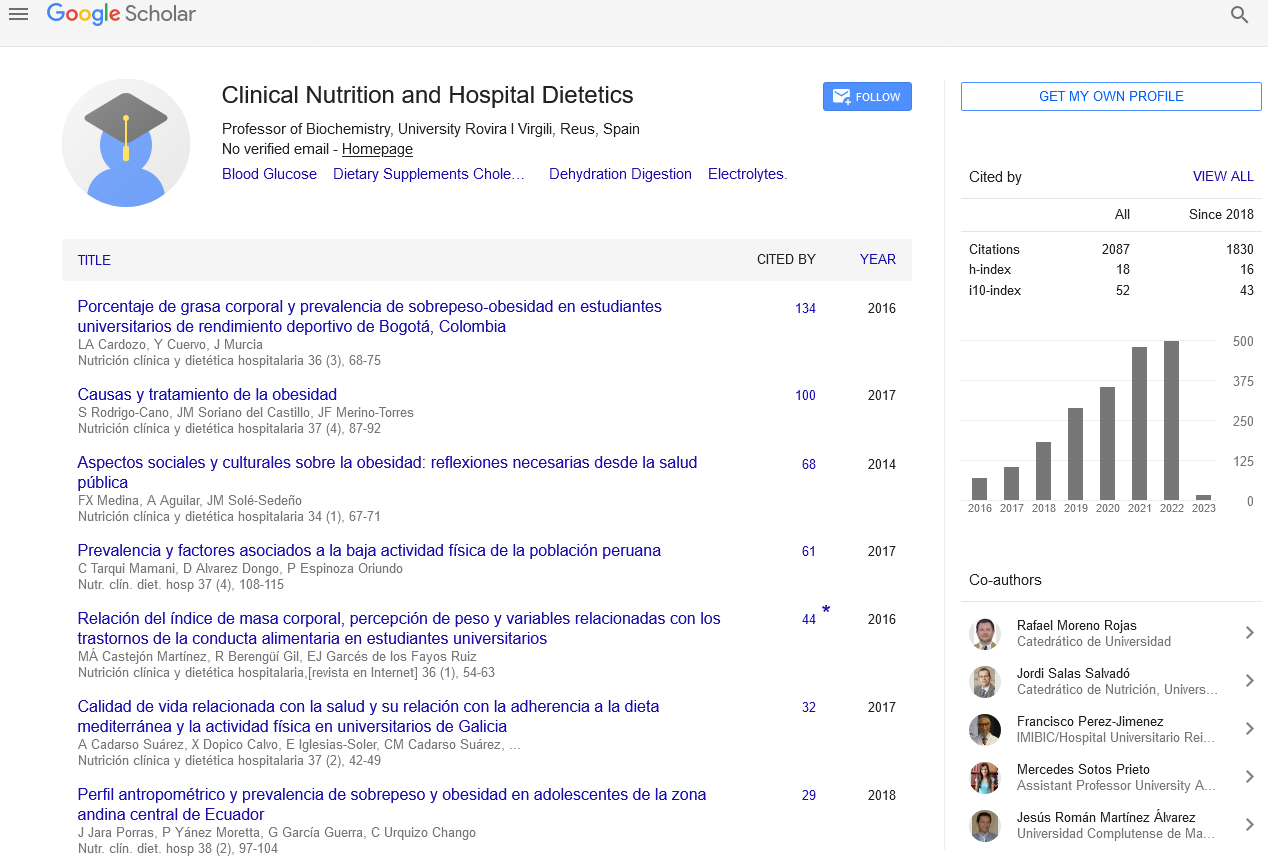Abstract
Nutritional diagnosis and intervention in two rural communities located in the southeast part of Mexico
Author(s): Castellanos Ruelas, Arturo F1; Rosado Rubio, José G2; Chel Guerrero, Luis A1; Gallegos Tintoré Santiago1; Betancur Ancona, David A1
Introduction: Malnutrition is a key factor affecting growth and development of humans. Lack of knowledge on feeds and nutrition is one of the main reasons that triggers this problem. Malnutrition affects countries like Mexico being bigger in rural areas.
Objective: Evaluate the impact of an educational intervention to modify knowledge, attitudes and practices on feeding and nutrition, in rural female adults.
Methods: Two rural communities located in the south of Yucatán State were chosen. A nutritional diagnosis was made by means of anthropometry associated to the socioeconomic level; and a Food Orientation Intervention was applied with pre and post test. The differences between the anthropometric and social variables in each location were estimated using non-parametric statistics (χ2). The grades obtained in the pre and post test were analyzed in function of age, educational level of the participants and their marital status. Analysis were facilitated by the use of a statistical package.
Results: Overall data from both communities indicated that, on average target population consisted of young women, with a low educational level, living in a marriage relationship, having a low height and showing 62,5% of them signs of overweight and obesity which induced a nutritional health risk. The pre and post test scores were not affected by the age of the participants (p>0,05), but the educational level influence these variables (p<0,05). Marital status did not significantly affect either score. The educational intervention improved knowledge on the importance of a healthy diet (p<0,01).
Discussion: The application of nutrition interventions such as the one used in this work represent an important tool to reverse the phenomenon of obesity affecting the Mexican population, especially in rural areas. This tool must be complemented with policies that promote the commercialization of balanced foods and not the opposite.
Conclusions: The implementation of a Food Orientation Intervention program, turned into a significant increase in the level of knowledge of a healthy diet.
Google Scholar citation report
Citations : 2439
Clinical Nutrition and Hospital Dietetics received 2439 citations as per google scholar report
Indexed In
- Google Scholar
- Open J Gate
- Genamics JournalSeek
- Academic Keys
- JournalTOCs
- ResearchBible
- SCOPUS
- Ulrich's Periodicals Directory
- Access to Global Online Research in Agriculture (AGORA)
- Electronic Journals Library
- RefSeek
- Hamdard University
- EBSCO A-Z
- OCLC- WorldCat
- SWB online catalog
- Virtual Library of Biology (vifabio)
- Publons
- MIAR
- Geneva Foundation for Medical Education and Research
- Euro Pub
- Web of Science
Journal Highlights
- Blood Glucose
- Dietary Supplements
- Cholesterol, Dehydration
- Digestion
- Electrolytes
- Clinical Nutrition Studies
- energy balance
- Diet quality
- Clinical Nutrition and Hospital Dietetics




